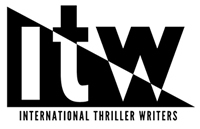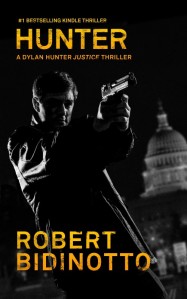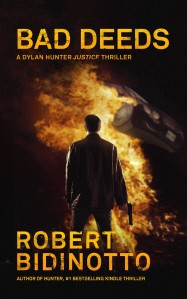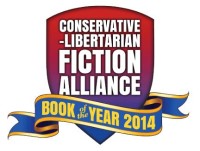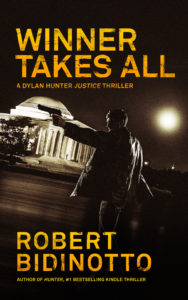Welcome to the home of the Dylan Hunter vigilante justice thrillers.
Do you worry that the world around you seems to be spiraling down into moral chaos?
Do you get angry because the most evil, untouchably “connected” people always seem to get away with outrageous crimes?
Do you secretly yearn for some incorruptible hero willing to step in and do something about it? A champion of the innocent and powerless, fearlessly battling the evil and powerful? A modern white knight, on a one-man crusade to bring justice back into our chaotic and corrupt world?
Well, you’ve come to the right place.
Here you’ll learn all about Dylan Hunter, a contemporary vigilante hero who is becoming America’s “new face of justice.”
I’m Robert Bidinotto — a.k.a. “The Vigilante Author.” You may be here because you heard about my bestselling debut thriller, HUNTER, and its award-winning, hot-selling sequels, BAD DEEDS and WINNER TAKES ALL.
Those exciting stories introduced the world to the adventures of crusading action hero Dylan Hunter. I wrote them, first of all, to entertain readers. And many thousands of readers have loved them.
But I also wrote them because, these days, Dylan Hunter is exactly the justice warrior we all need.
The lone-wolf vigilante is an age-old, archetypal champion of justice. He’s an iconic, indelibly popular character in myths and stories that go back hundreds of years. He’s the man who takes on the corrupt and the powerful — and who therefore must operate outside the law, in order to right injustices against the innocent and powerless.
Dylan Hunter is a fresh, fascinating figure in this long storytelling tradition. He’s a mysterious modern Zorro: by day, a crusading journalist — by night, a dark angel of justice. His heroic tales are filled with thrilling action, sizzling romance, devious plots, and fast-paced suspense.
This website showcases not only Dylan, but other popular fictional vigilantes and their authors, too. You’ll find their stories fascinating and inspiring.
So, now that you’re here, have a look around.
You’ve just entered a world different from the morally bankrupt world we live in.
This is the world of a mysterious justice warrior — smart and skilled, courageous and incorruptible.
It’s a world where he wages a one-man war against the criminally decadent but untouchably powerful.
It’s a world where he fights these deadly predators to protect — and avenge — their helpless victims.
Welcome to the world of Dylan Hunter: the new face of justice.

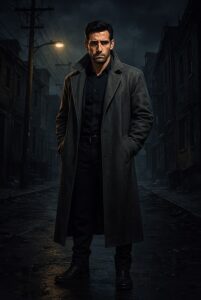
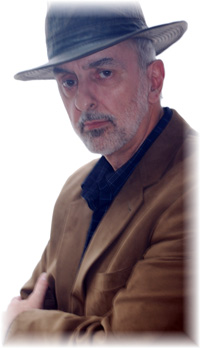 Photo (c) by Debbie Scott
Photo (c) by Debbie Scott
